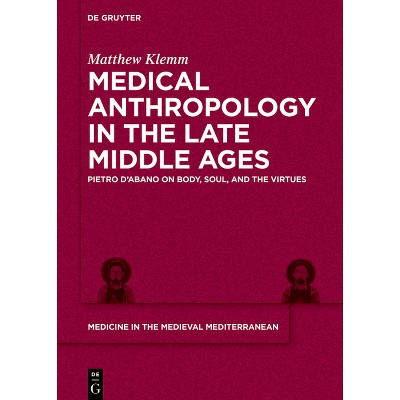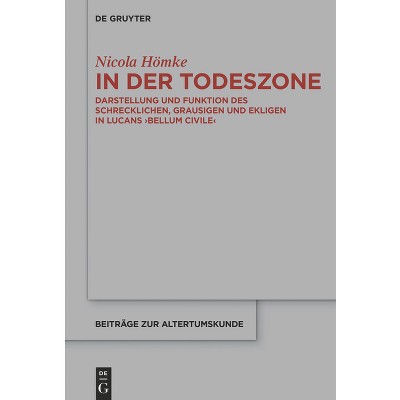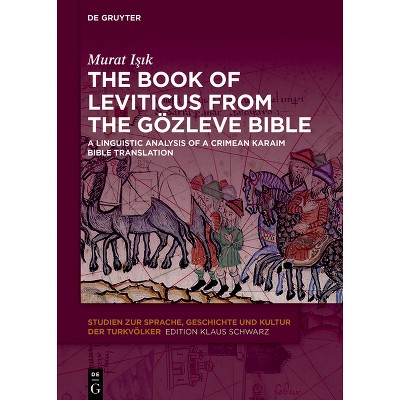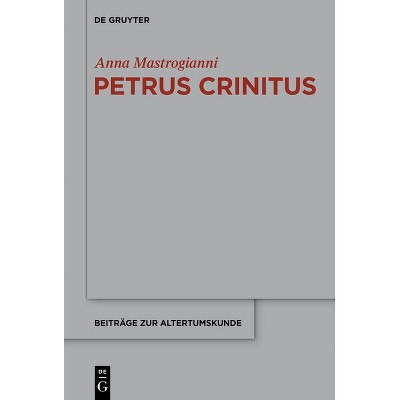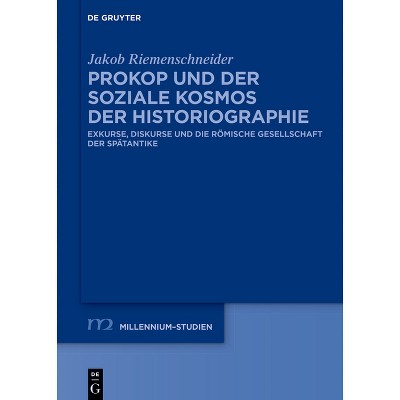Tongeren During the Late Roman Period and Early Middle Ages, C. 300-750 CE - (Ergänzungsbände Zum Reallexikon der Germanischen Altertumskunde)

About this item
Highlights
- The traditional picture is that there is little information about Tongeren, the capital of the civitas Tungrorum in Roman times, from Late Antiquity onwards.
- About the Author: Steven Vandewal, Tongeren, Belgium.
- 698 Pages
- History, Ancient
- Series Name: Ergänzungsbände Zum Reallexikon der Germanischen Altertumskunde
Description
About the Book
In the third century, the Roman Empire experienced a reversal. It was on the frontiers in particular that it suffered the consequences of turmoil and decline. One of the best examples to study this period of transition is Atuatuca Tungrorum, the capBook Synopsis
The traditional picture is that there is little information about Tongeren, the capital of the civitas Tungrorum in Roman times, from Late Antiquity onwards. In the last twenty years or so, very cautiously, voices have been raised to nuance the story of the general decline of Tongeren from the beginning of the fifth century. A recurring question is whether Tongeren remained inhabited and what its function might have been. A key site is the Roman basilica, the predecessor of an early medieval church. A key figure is the bishop, whose seat was moved to neighbouring Maastricht in the sixth century. Based on an extensive database, a picture of late Roman Tongeren is drawn, with its public and private buildings, cemeteries and material finds. While the number of finds is decreasing, more historical sources are becoming available for the early Middle Ages. For this period, not only the re-Christianisation is discussed, but also the political, religious and economic role that the former capital of the civitas could have played. Due to its location, one could state that in the civitas Tungrorum the Middle Ages started earlier than elsewhere because of the emergence of a Franko-Roman society.
About the Author
Steven Vandewal, Tongeren, Belgium.Shipping details
Return details
Trending History






